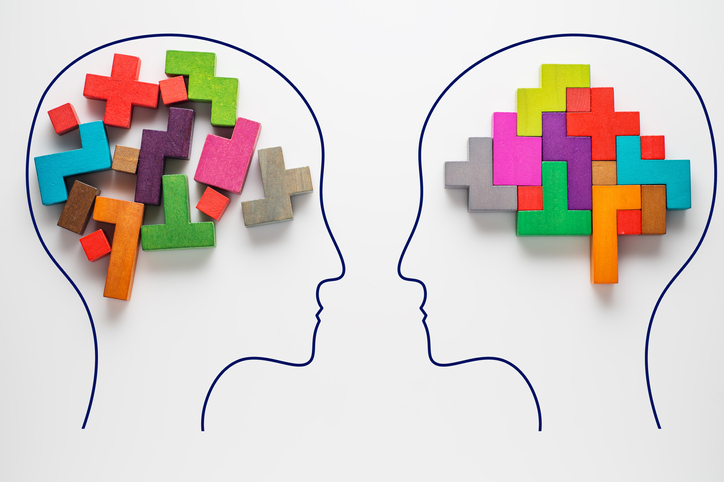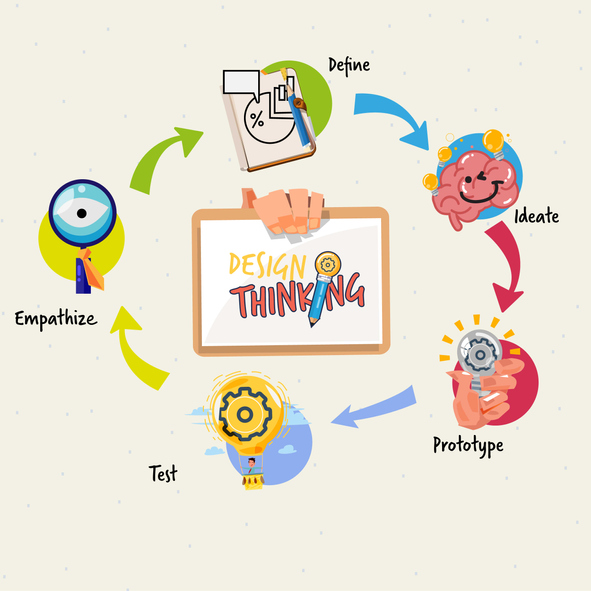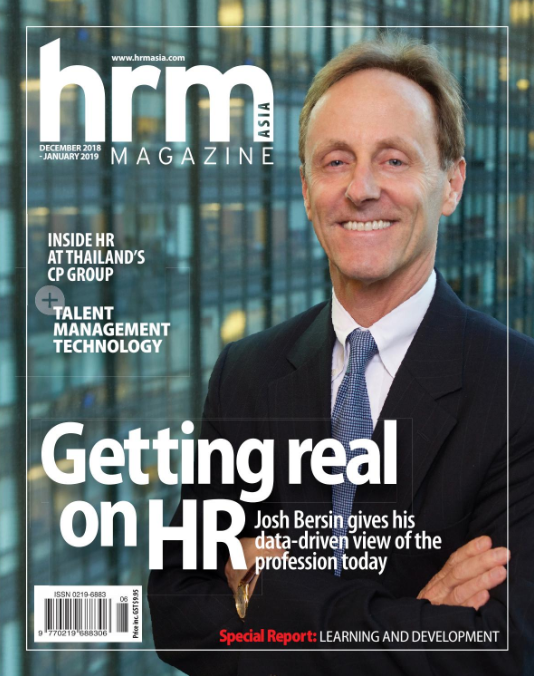Design Thinking: the human-centric path to the future of work

| About the Author |
 Wayne Ho is the Executive Director of Operations for the SSTC Institute in Singapore, and also a service experience designer with the DesignThinkers Academy Wayne Ho is the Executive Director of Operations for the SSTC Institute in Singapore, and also a service experience designer with the DesignThinkers Academy |
We are witnesses to the blurring of lines between the physical, digital, and biological worlds, and technological breakthroughs like artificial intelligence and robotics are leading this evolution.
This disruptive change is impacting business models across all industries, and affects how work is done. People will need to be resilient and develop new skills constantly in order to maintain relevance.
This dynamic landscape is also presenting new obstacles and opportunities for organisational change. Organisations today face significant challenges in understanding the implications of this change.
Facebook, once a social network that was meant to help us keep in touch with friends and acquaintances, has evolved into a consumer marketplace where products and services are readily available, complete with validations and/or warning from one’s own friends and network.
Against this backdrop, it is vital that the future workforce also transforms how it operates, manages, delivers, and assesses.
This will help it to cope with arising situations, whether they are political, economic, social, or technological in nature.
The fads of this generation will last no longer than the time it took to develop the products or services.

Design thinking provides a mental model of how one should take on the challenges of this era.
This generation of the workforce has to be geared for a truly connected world where there is constant needs to realign and stay ahead of human capital trends, such as design thinking, lifelong learning, service orientation, emotional intelligence, and cognitive flexibility.
It is important that while technology helps to generate data that is useful, we also need to develop this “design” mindset in all that is being created. Hence we term ourselves as “designers” of the future.
“Value propositions (i.e. products or services) need to be trashed or pivoted as soon as they are put into the market. There is no room for sentiments or pity for a failed or failing product”.
Design thinking provides a mental model of how one should take on the challenges of this era.
The constant need and focus on the emotional touch points of a persona and the journey they go through with the value propositions we offer to them.
The stakeholders affecting the perceptions and implementation of these value propositions have to be analysed and addressed in this “connected” world.
After all, a simple “like” button could end up influencing the “value” of this proposition.
Being aware of one’s journey map allows the designer to empathise and feel (not think) the processes of a build up of certain emotions like fear, risk-taking, boldness, pain, happiness, and shock.
These give the persona a journey that they individually desire.
For example, instead of simply purchasing movies from the iTunes store or Netflix, one still chooses to go to the movies to join the queues, pay for a show that one does not own, and spend additional money on tidbits and parking.
This journey has probably been thought through. Otherwise, we would be facing the demise of cinemas – which on the contrary are thriving.

This story first appeared in the December-January issue of HRM Magazine Asia. Read it here.
Globally-recognised design thinking courses (such as through DesignThinkers Academy Singapore) and local design thinking design thinking course providers (such as SSTC Institute at City Square Mall) offer us a new way of addressing the emotional needs of our target audiences.
They also help to quell the myths that design thinking is no different from a typical problem-solving model or a five step process that will gives you “quick wins”. Design thinking is better learnt and acquired as “Design Doing”.
This is the mindset and a culture that need to be acquire, practiced, and entrenched in one’s way of addressing every obstacle or opportunity.



